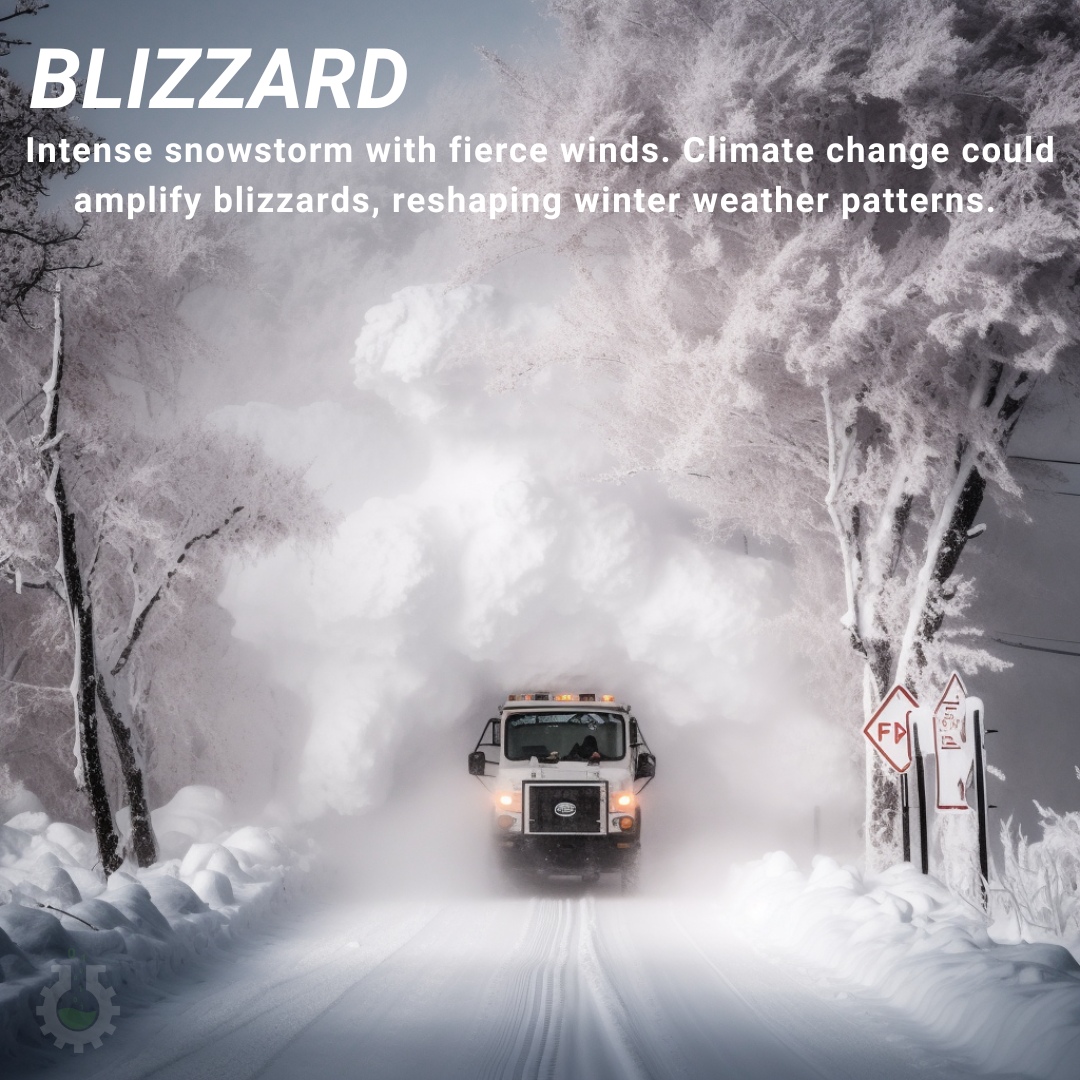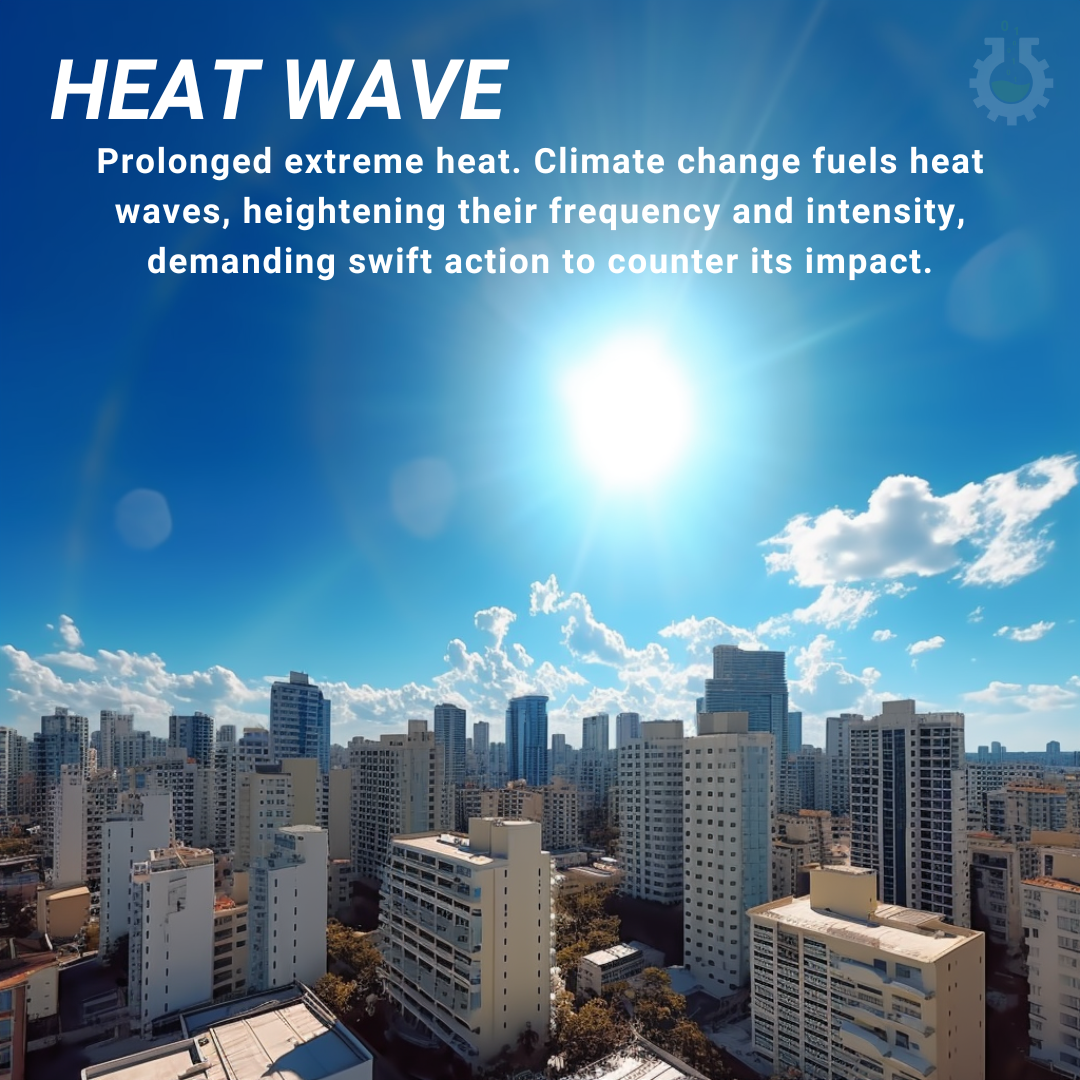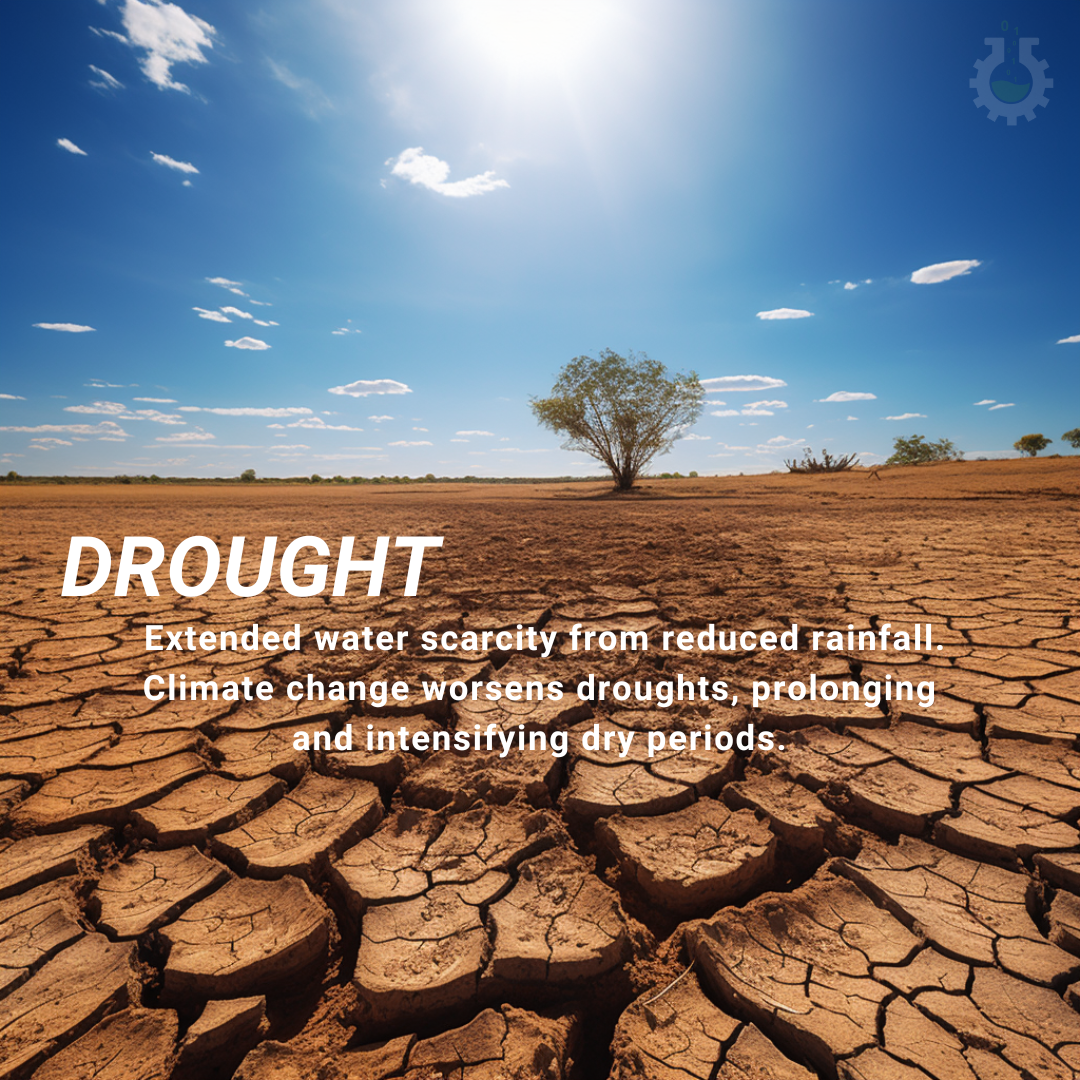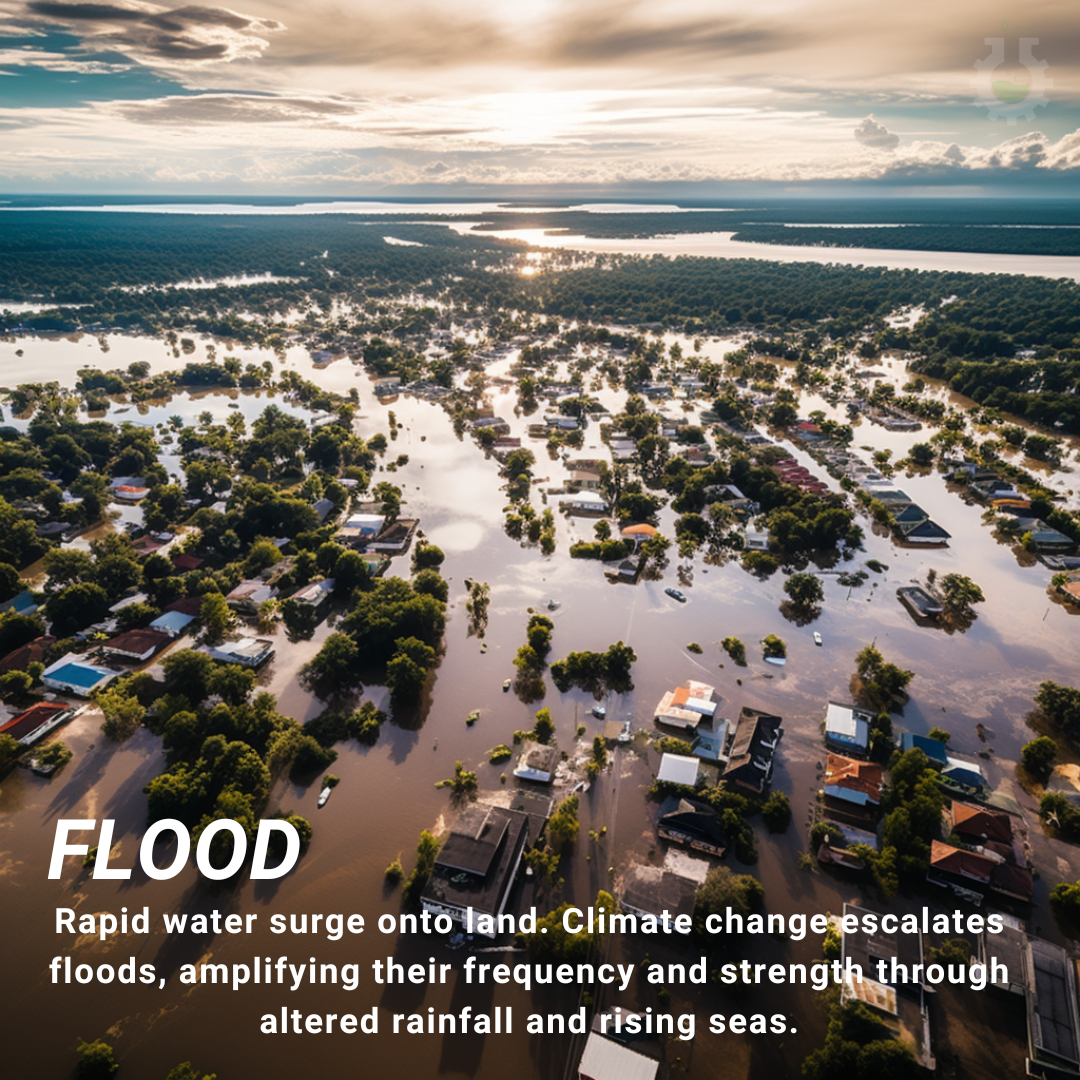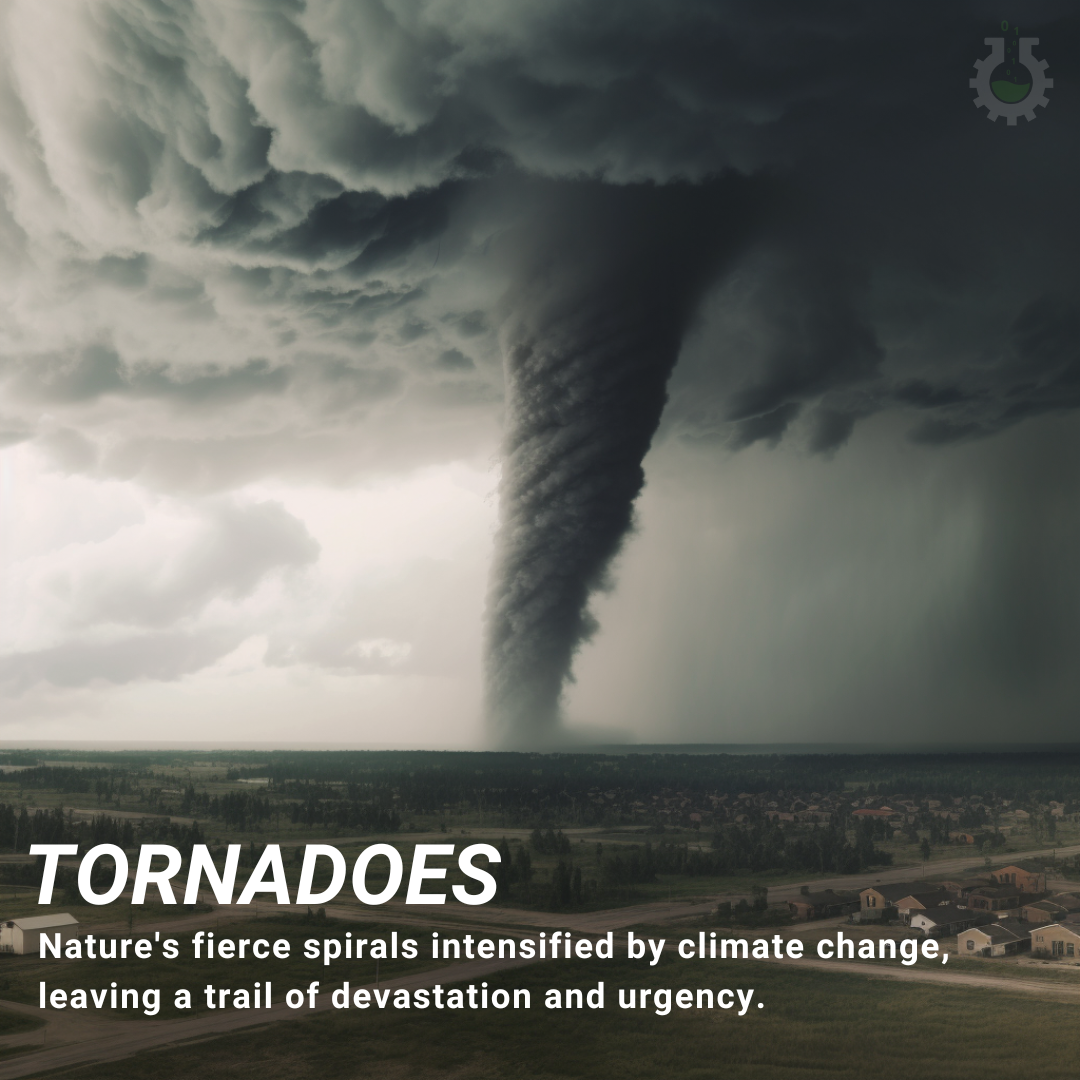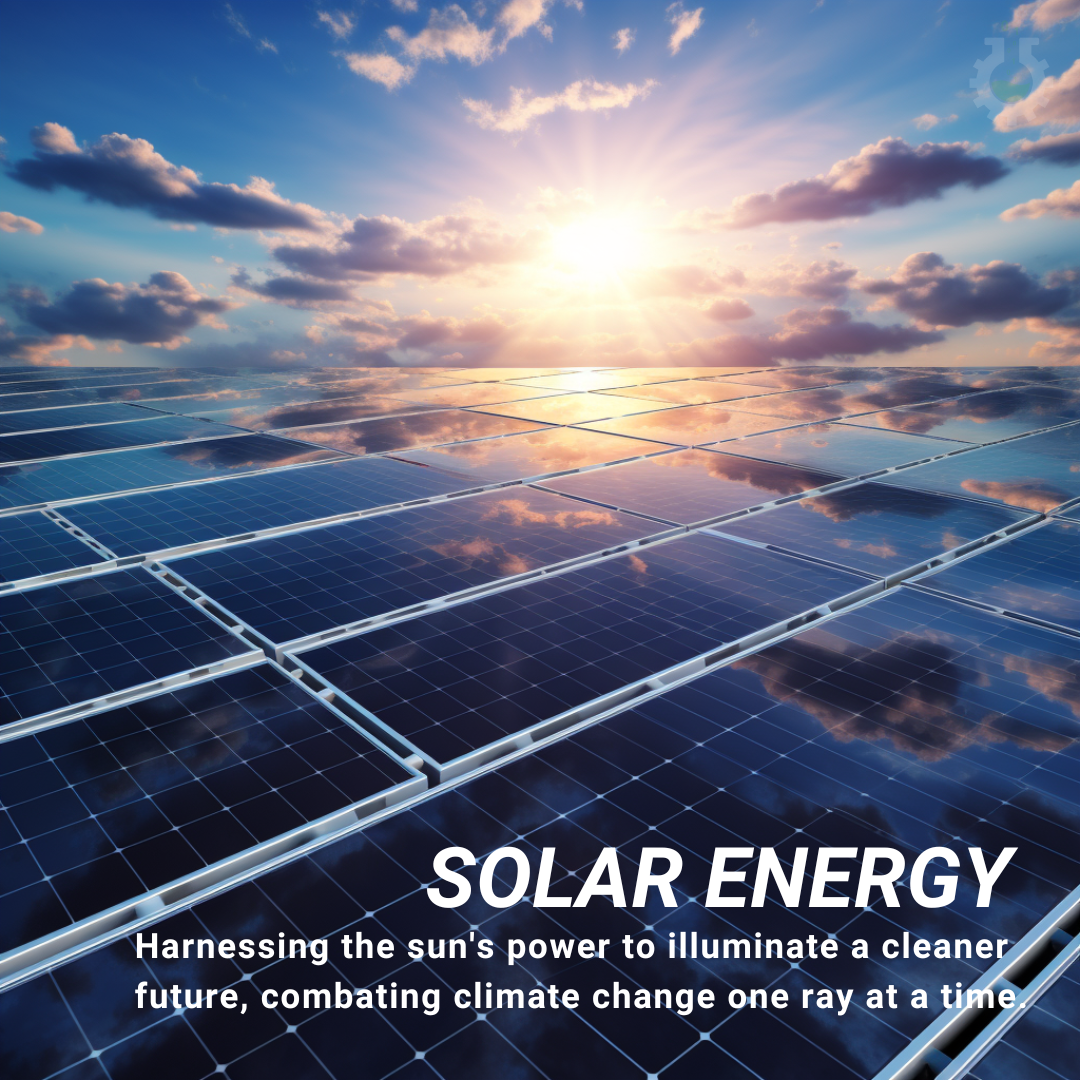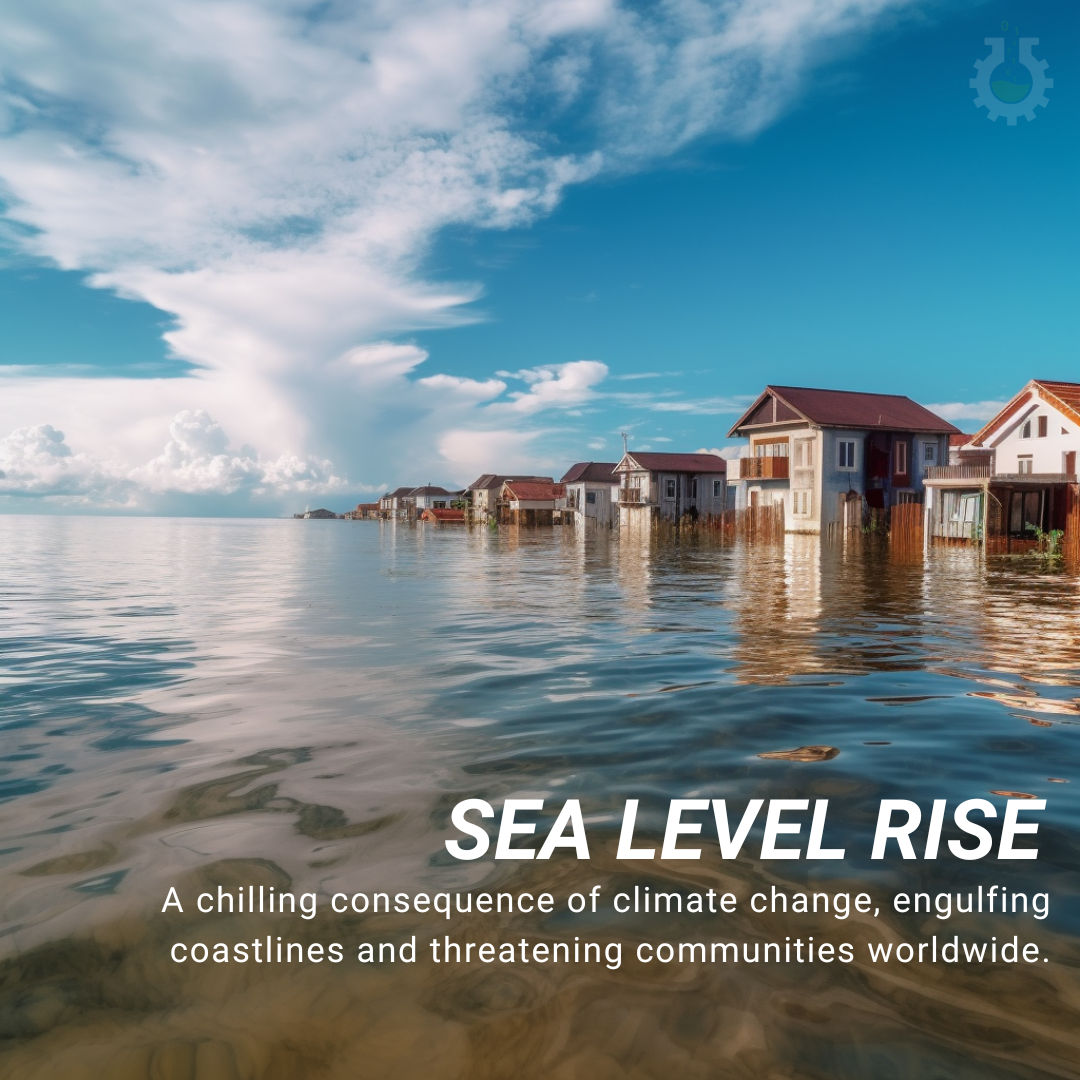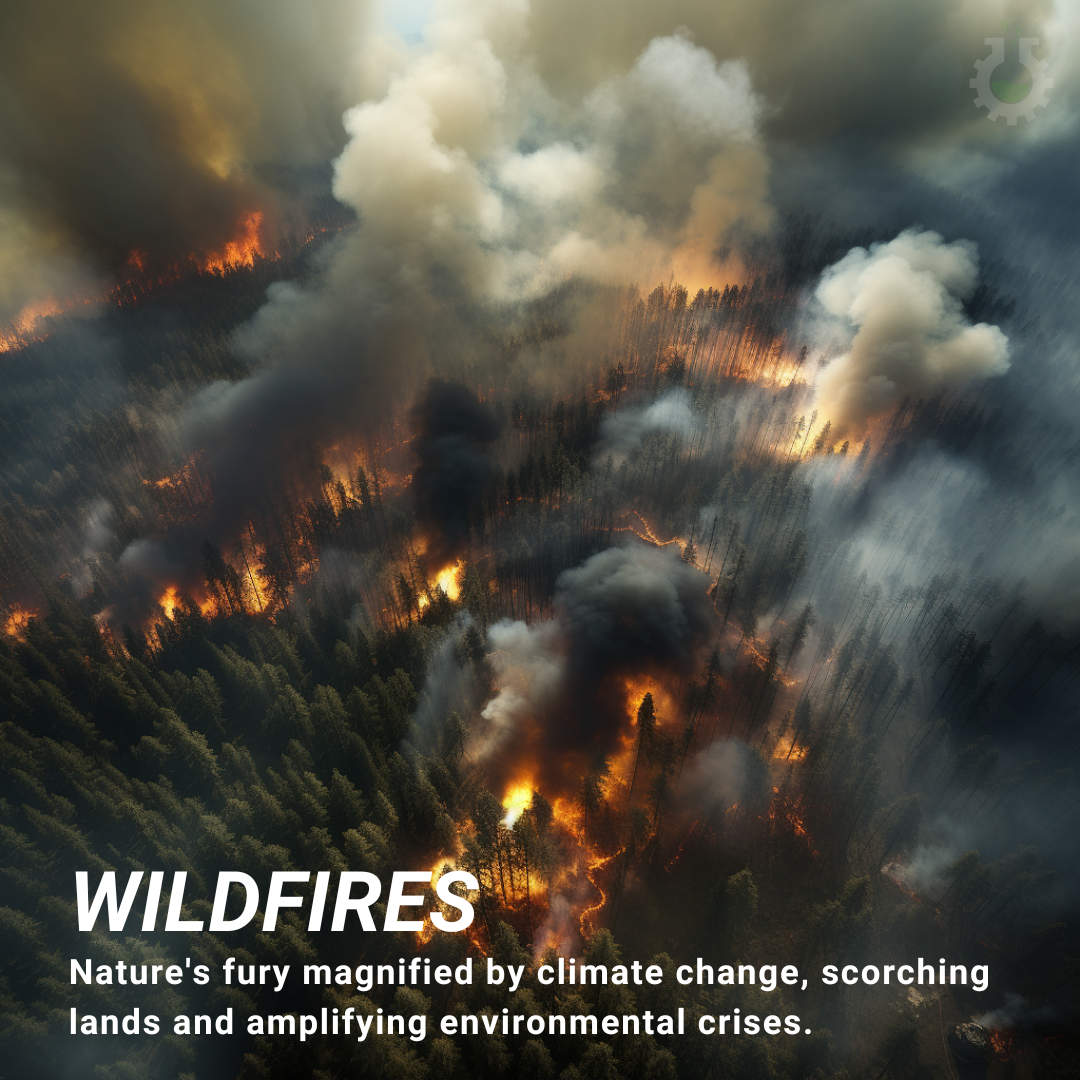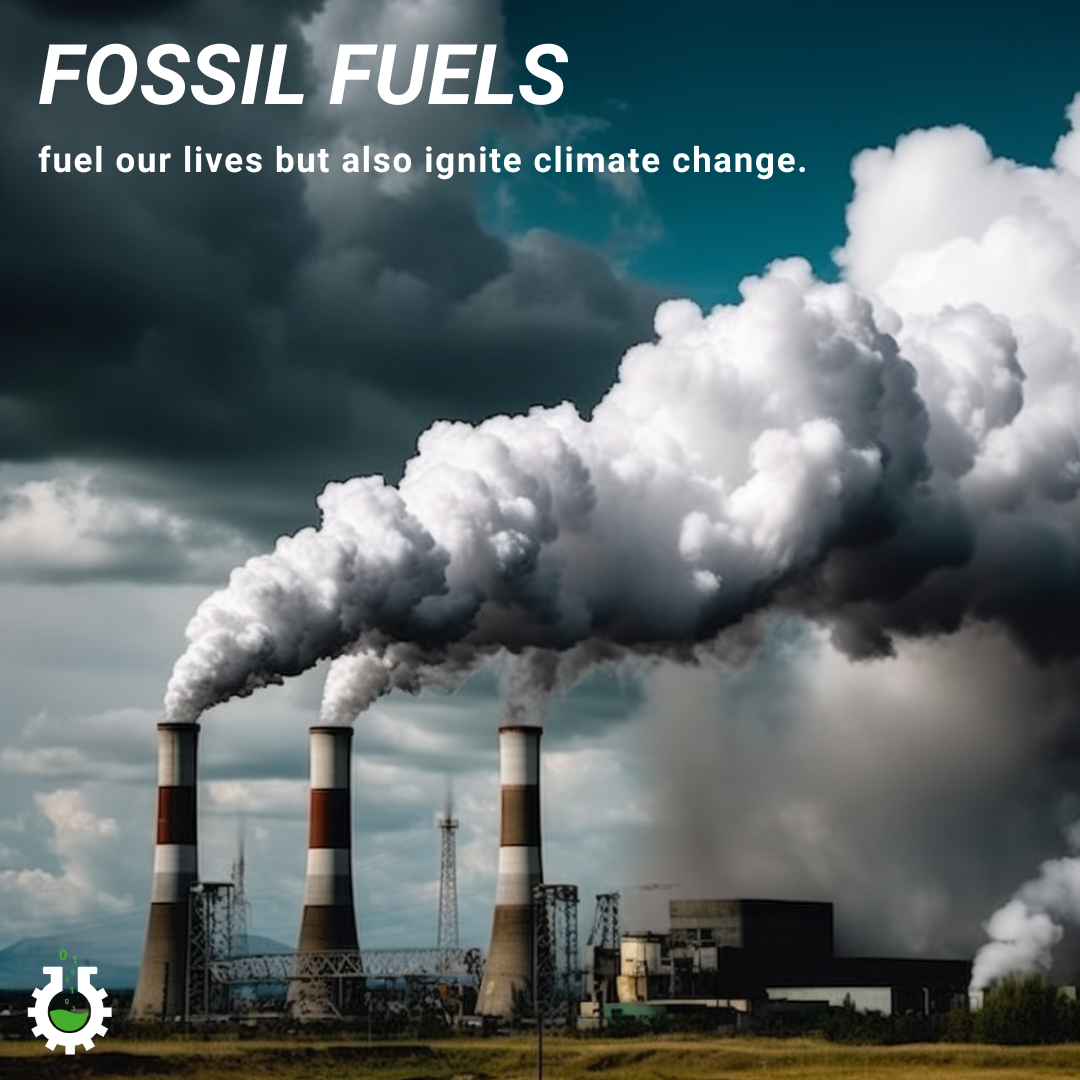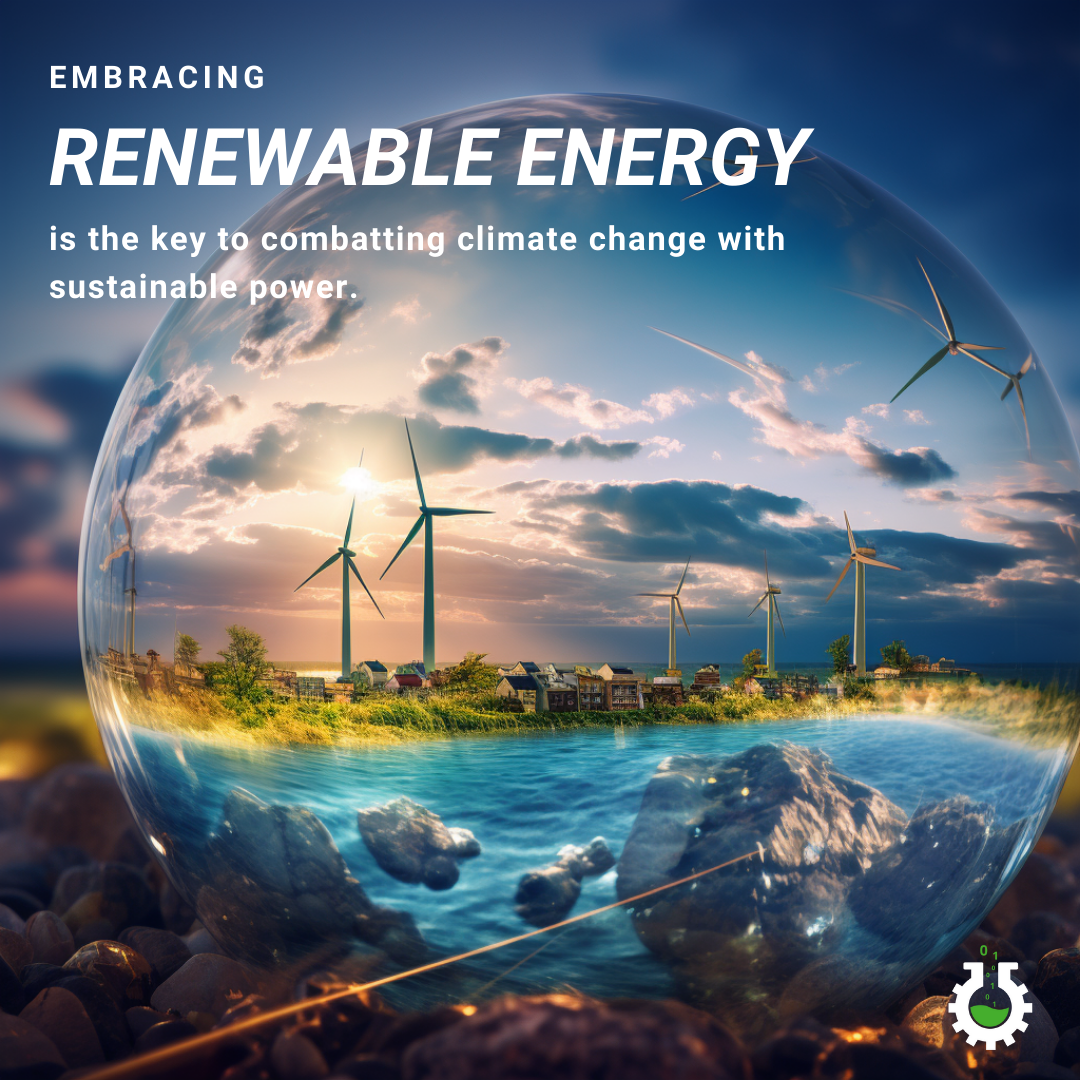Blizzard, severe weather condition that is distinguished by low temperatures, strong winds, and large quantities of either falling or blowing snow. The National Weather Service of the United States defines a blizzard as a storm with winds of more than 56 km (35 miles) per hour for at least three hours and enough snow to limit visibility to 0.4 km (0.25 mile) or less. A severe blizzard has […]
A heatwave, sometimes known as extreme heat, is a period of abnormally hot weather. High humidity often accompanies heatwaves. This is especially the case in oceanic climate countries. An extended period of excessively high temperatures. Climate change amplifies heat waves, making them more frequent and severe, emphasizing the urgency to address its role in escalating extreme heat events.
Drought is a prolonged dry period in the natural climate cycle that can occur anywhere in the world. It is a slow-onset disaster characterized by the lack of precipitation, resulting in a water shortage. Drought can have a serious impact on health, agriculture, economies, energy and the environment. Climate change escalates droughts, making them more […]
A flood is a sudden overflow of water onto normally dry land. Climate change intensifies floods, causing more frequent and severe deluges due to increased rainfall and rising sea levels, underscoring the urgency of addressing its role in altering precipitation patterns and sea-level dynamics.
Solar energy is radiant light and heat from the Sun that is harnessed using a range of technologies such as solar power to generate electricity, solar thermal energy (including solar water heating), and solar architecture.
Sea level rise is an increase in the level of the world’s oceans due to the effects of global warming. Burning fossil fuels is one of the causes of global warming because it releases carbon dioxide and other heat-trapping gasses into the atmosphere. The oceans then absorb the majority of this heat. As water becomes warmer, it expands. This results in ocean levels rising […]
Wildfire, also called wildland fire, uncontrolled fire in a forest, grassland, brushland, or land sown to crops. The terms forest fire, brush fire, etc., may be used to describe specific types of wildfires; their usage varies according to the characteristics of the fire and the region in which it occurs.
A fossil fuel is a hydrocarbon-containing material such as coal, oil, and natural gas, formed naturally in the Earth’s crust from the remains of dead plants and animals that is extracted and burned as a fuel. Fossil fuels may be burned to provide heat for use directly (such as for cooking or heating), to power engines (such as internal combustion engines in motor vehicles), or to generate electricity.
Renewable energy is energy derived from natural sources that are replenished at a higher rate than they are consumed. Sunlight and wind, for example, are such sources that are constantly being replenished. Renewable energy sources are plentiful and all around us. Fossil fuels – coal, oil and gas – on the other hand, are non-renewable resources that […]


